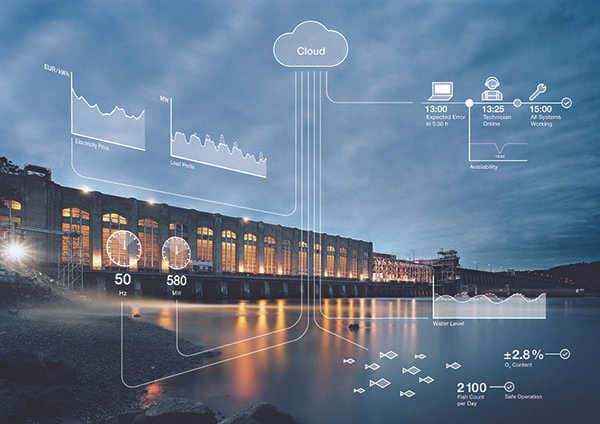Hydropower plants play a vital role in generating clean and sustainable energy. However, in our increasingly connected world, the digital systems that control these plants are vulnerable to cyber threats. The consequences of a successful cyberattack on a hydro power facility can be severe, impacting not only energy production but also the safety of the surrounding environment. In this blog post, we’ll explore the importance of cybersecurity in the hydro power sector and discuss key strategies to protect these critical assets.
The Growing Threat Landscape
With the proliferation of internet-connected devices and the increasing reliance on digital control systems, the hydro power industry has become a prime target for cybercriminals. The consequences of a successful cyberattack on a hydro power plant can range from operational disruptions to environmental disasters. Here are some of the potential threats:
- Disruption of Operations: Cyberattacks can disrupt the normal functioning of hydro power plants, leading to downtime, decreased energy production, and financial losses.
- Environmental Hazards: A compromised hydro power facility could lead to the uncontrolled release of water, potentially causing flooding, property damage, and harm to the environment and nearby communities.
- Data Theft: Valuable information, including operational data and sensitive plans, can be stolen and used for malicious purposes or sold on the dark web.
- Ransomware Attacks: Cybercriminals may deploy ransomware to encrypt critical systems and demand a ransom for their release, further exacerbating the downtime and financial impact.
- Physical Damage: In some cases, cyberattacks could lead to physical damage to turbines, generators, and other equipment, necessitating costly repairs and replacements.
Protecting Hydro Power Plants from Cyber Threats
To safeguard hydro power facilities from cyber threats, robust cybersecurity measures must be implemented. Here are key strategies to consider:
- Risk Assessment: Begin by conducting a comprehensive risk assessment to identify vulnerabilities and threats specific to your hydro power plant. This assessment should consider both digital and physical security risks.
- Network Segmentation: Isolate critical control systems from non-critical systems to minimize the attack surface. Implementing network segmentation helps prevent lateral movement by cyber attackers.
- Access Control: Implement strict access control measures to limit access to critical systems and data. Use strong authentication methods and regularly review and update access permissions.
- Regular Patching and Updates: Keep all software, including operating systems and industrial control systems (ICS) software, up to date with the latest security patches. Vulnerabilities in outdated software can be exploited by attackers.
- Intrusion Detection Systems (IDS): Deploy IDS to monitor network traffic for suspicious activities. These systems can help detect and respond to cyber threats in real-time.
- Employee Training: Ensure that all staff members are educated about cybersecurity best practices and the importance of reporting any suspicious activities promptly.
- Cybersecurity Policies and Incident Response Plans: Develop and document cybersecurity policies and procedures, including an incident response plan. Regularly test and update these plans to stay prepared for potential cyber incidents.
- Collaboration and Information Sharing: Collaborate with industry peers and share information about emerging threats and best practices. Staying informed about the latest cybersecurity developments is crucial.
Conclusion
Hydro power plants are critical components of our energy infrastructure, and their protection against cyber threats is of utmost importance. The consequences of a cyberattack on these facilities can extend beyond financial losses to environmental and public safety hazards. By implementing a proactive cybersecurity strategy that includes risk assessment, network segmentation, access control, and employee training, the hydro power industry can reduce its vulnerability to cyber threats and ensure the continued generation of clean and sustainable energy. Cybersecurity should be viewed as an integral part of maintaining a reliable and secure energy supply for our future.





